
Ready, Set, Disaster
Rhys Williams (BSN ’16, MSN ’18) creates disasters to prepare people for them.
Borne out of his military experience as a U.S. Navy corpsman for a SEAL team and informed by his four deployments to the Middle East, Williams’s simulated scenarios are as expansive as his arsenal of blood-spurting moulage—and his imagination.
Making disaster preparedness lessons realistic is “an obsession.”
“I’ve been in some pretty tight spots in my life, and at a very young age,” explained Williams, a family nurse practitioner who has lived in Knoxville, TN, since founding his company, Strategic Medical Research & Training, 20 years ago. “I know about life and death situations. Confidence in your own competency is paramount.”
“I know about life and death situations. Confidence in your own competency is paramount.”
Nurse practitioner Rhys Williams (BSN ’16, MSN ’18), Navy veteran and owner of SMRT
Whether on contract with U.S. Department of Energy officials transporting nuclear weapons to secret locations (who practiced responding to terrorist and chemical weapons attacks and mock mass shootings), embassy clinicians from around the world (preparing for far-flung emergencies in low-resource settings when assistance is hours, days, or weeks away), emergency department, trauma services, and fire and emergency medical services providers (practicing best responses to mass casualty incidents and mass shootings), Williams said the goal is always the same: “Make everyone more competent and confident than when they showed up.”
To bring his work to life, Williams operates a production facility near Knoxville to create the moulage. He outfits the rubber and plastic devices to blood bags and pumps to simulate arterial or venous bleeding, broken bones, or burns, and with great effect. So far, he’s created about 60 one-of-a-kind pieces: gunshot injuries that hemorrhage from the thigh, skin-colored, wearable neck braces that allow trainees to practice surgical airway placements, and a variety of strap-on wounds that bear unsettling likenesses to the real thing.
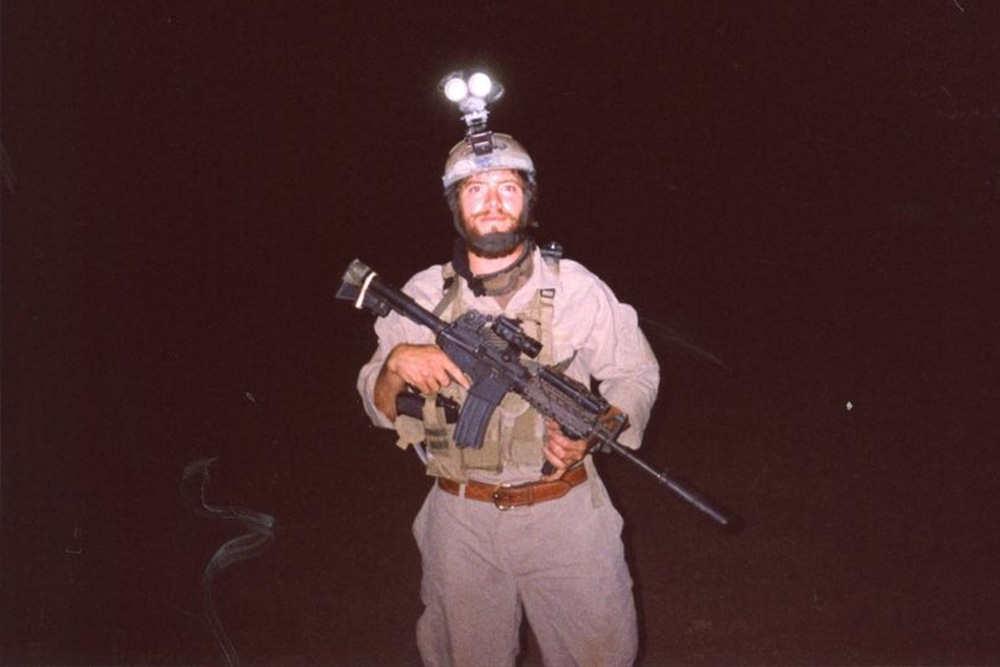
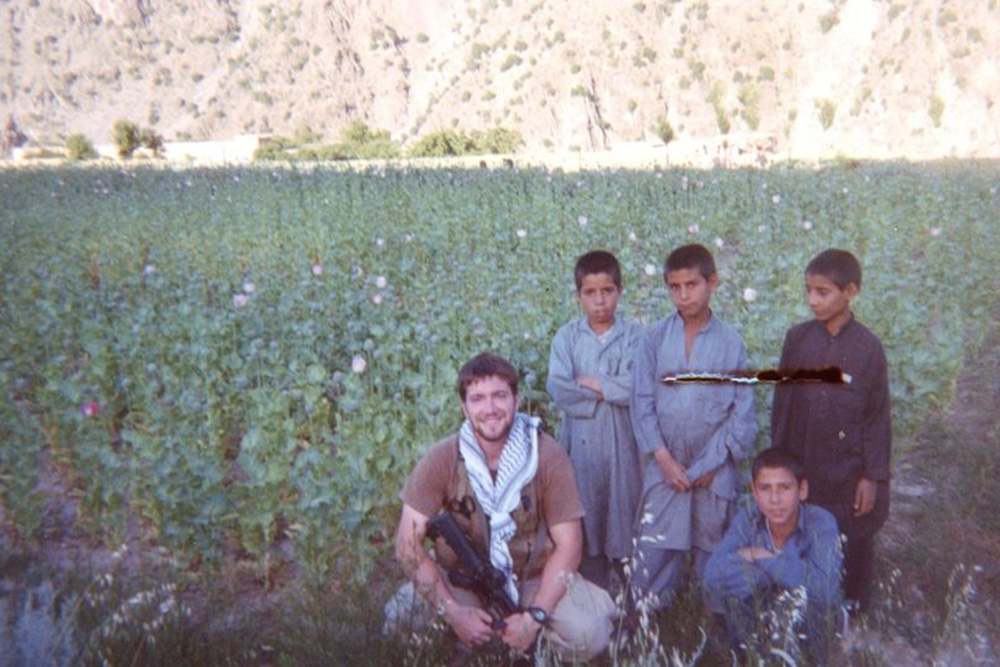
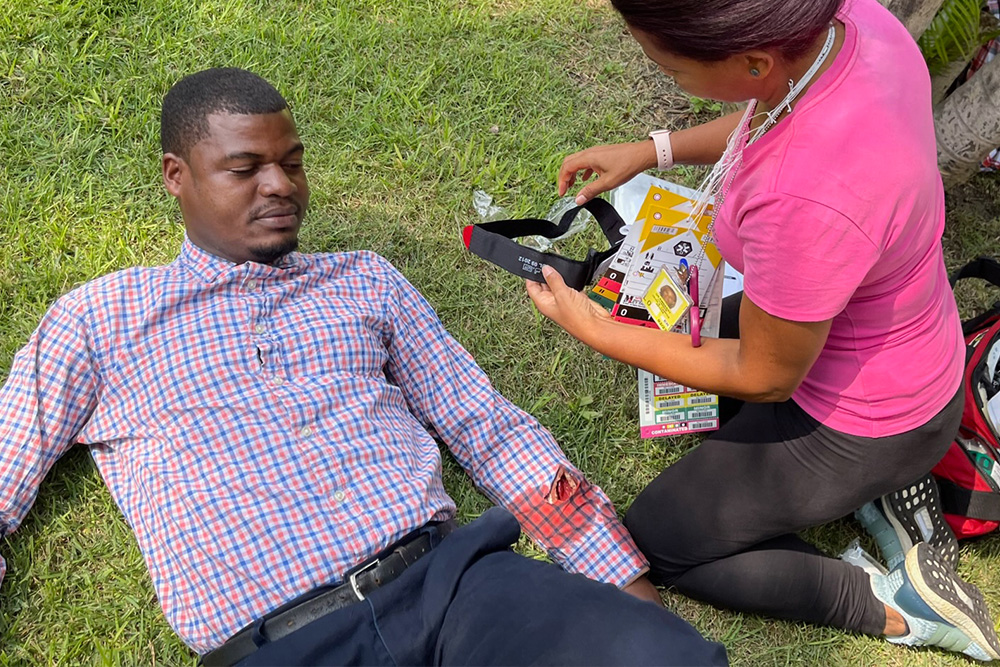
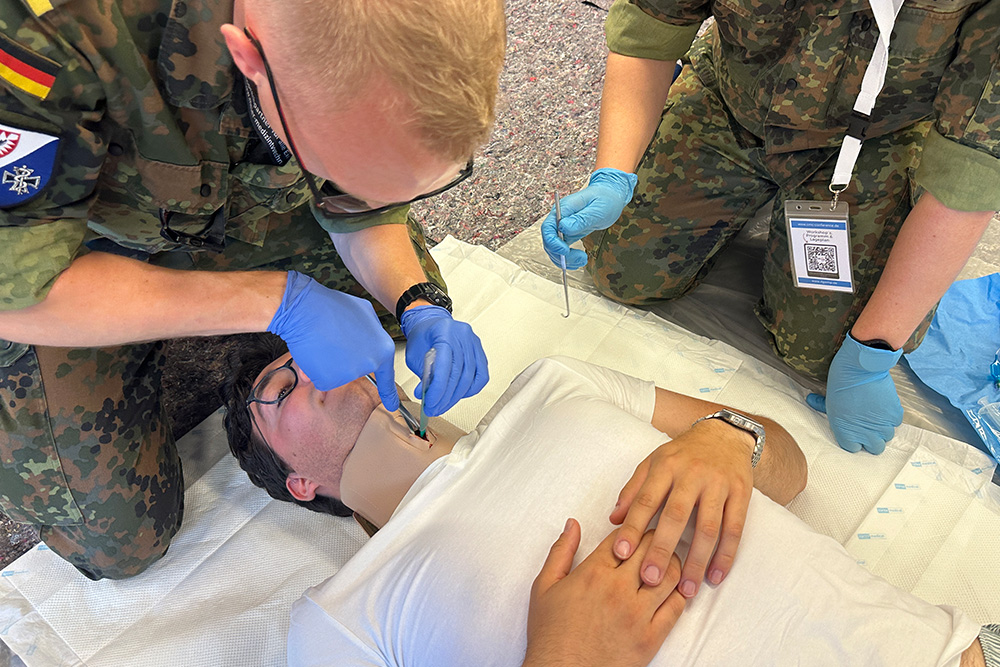
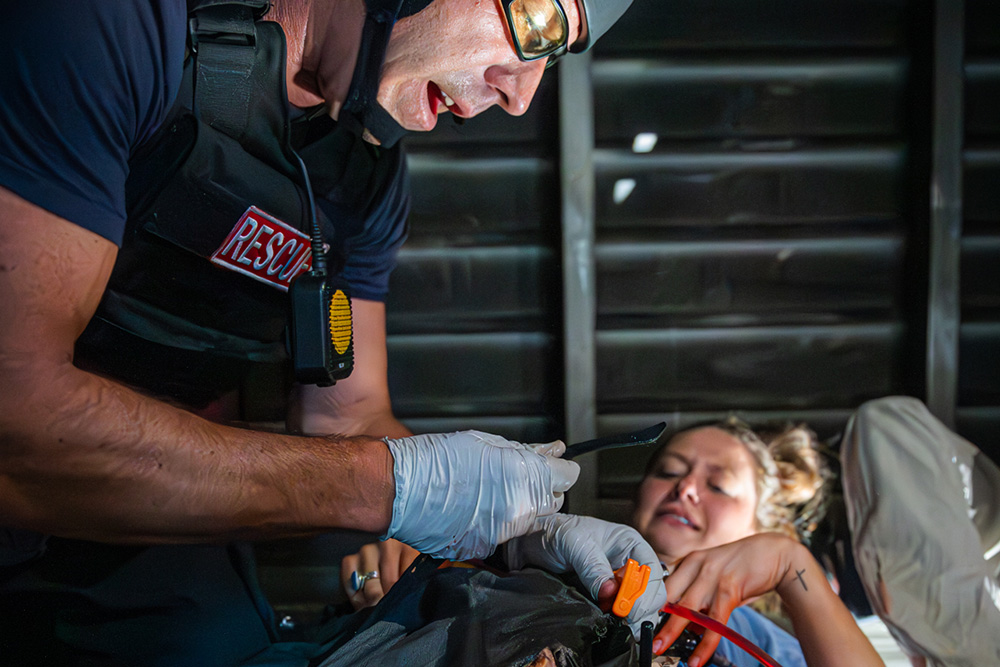
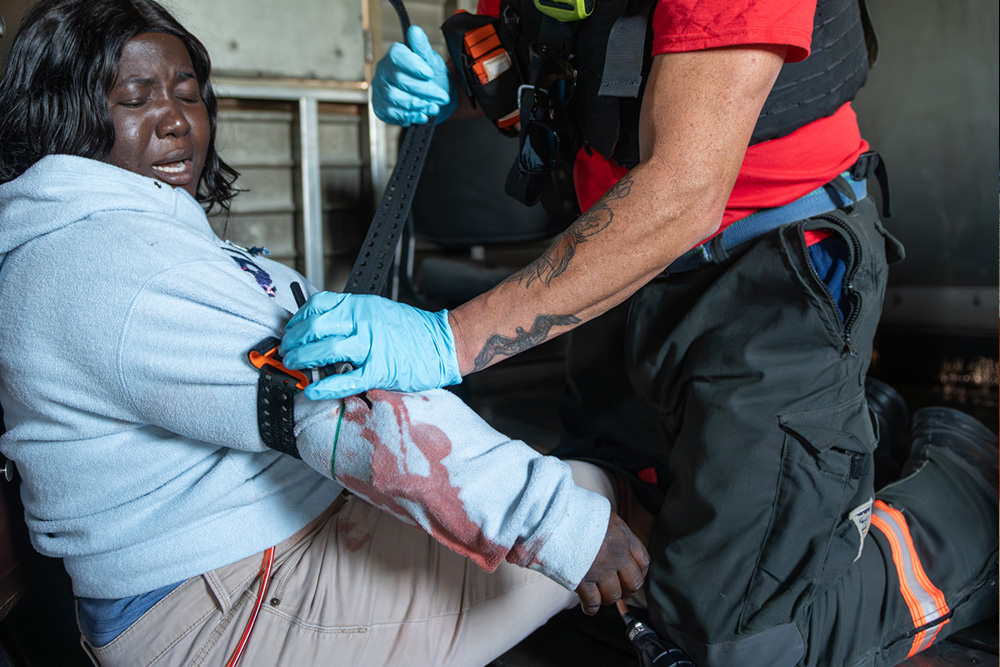
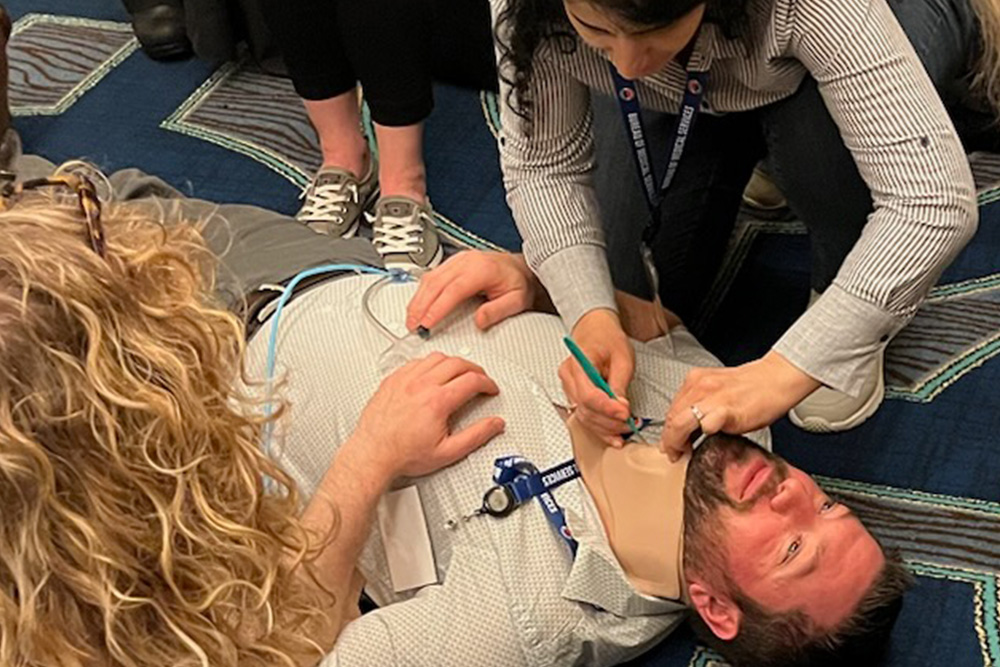
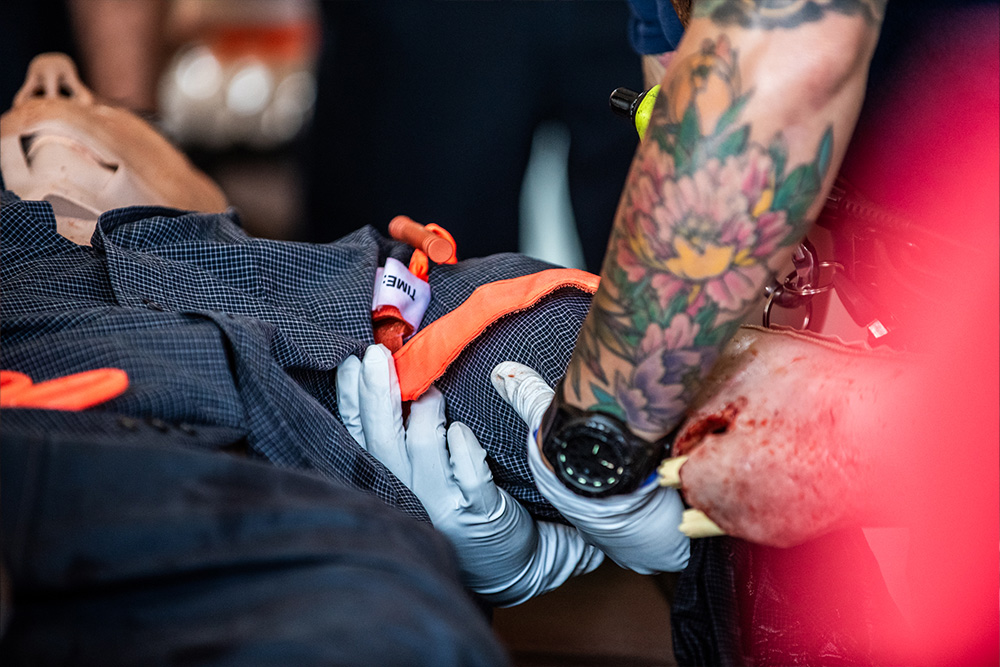
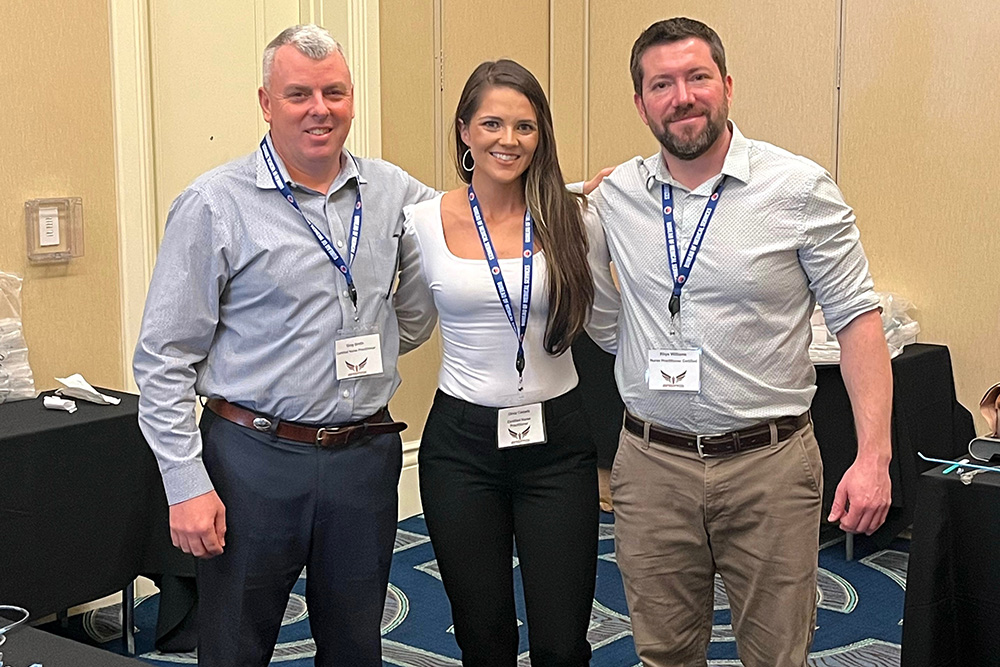
“It makes you a much better critical thinker when you have to rethink your process without all the tools you typically have: Like doing math without a calculator.”
Nurse practitioner Olivia Calzada-Downs (BSN ’13, MSN ’18)
Williams also leans on fellow nurses willing to contract with his company, including former classmates, like family nurse practitioner Olivia Calzada-Downs (BSN ’13, MSN ’18), a former Washington, D.C. emergency nurse who recently accepted a position in a rural Texas primary care clinic near the Mexican border, three hours from the nearest hospital.
Earlier this spring, she and fellow alumnus Gray Smith (BSN ’16, MSN ’18) traveled with Williams to Orlando, FL, to spend a month teaching more than 700 embassy nurses and providers from around the world to practice caring for patients needing cardiac and respiratory care for prolonged periods in the field with limited resources.
From her home in Alpine, TX, near Big Bend National Park, Calzada-Downs called the experience "relevant."
“I’ve only worked in hospitals, with every tool and specialty imaginable available to me, so it’s humbling to put ourselves in this kind of thought process,” she said. “It makes you a much better critical thinker when you have to rethink your process without all the tools you typically have: Like doing math without a calculator.”
Smith appreciated embassy officials’ diversity and sameness. “Funny, in a way, how we’re all from different parts of the world but our brains all work in the same way,” he said.
Williams, who recently returned from Denver, CO, and Ulm, Germany, where he taught several cohorts of emergency responders, hopes for two outcomes each time he teaches.
“One is competence—making people feel like they’re capable of dealing with a traumatic situation, which helps fight of PTSD,” he said. “The other one is getting people back to home.”

